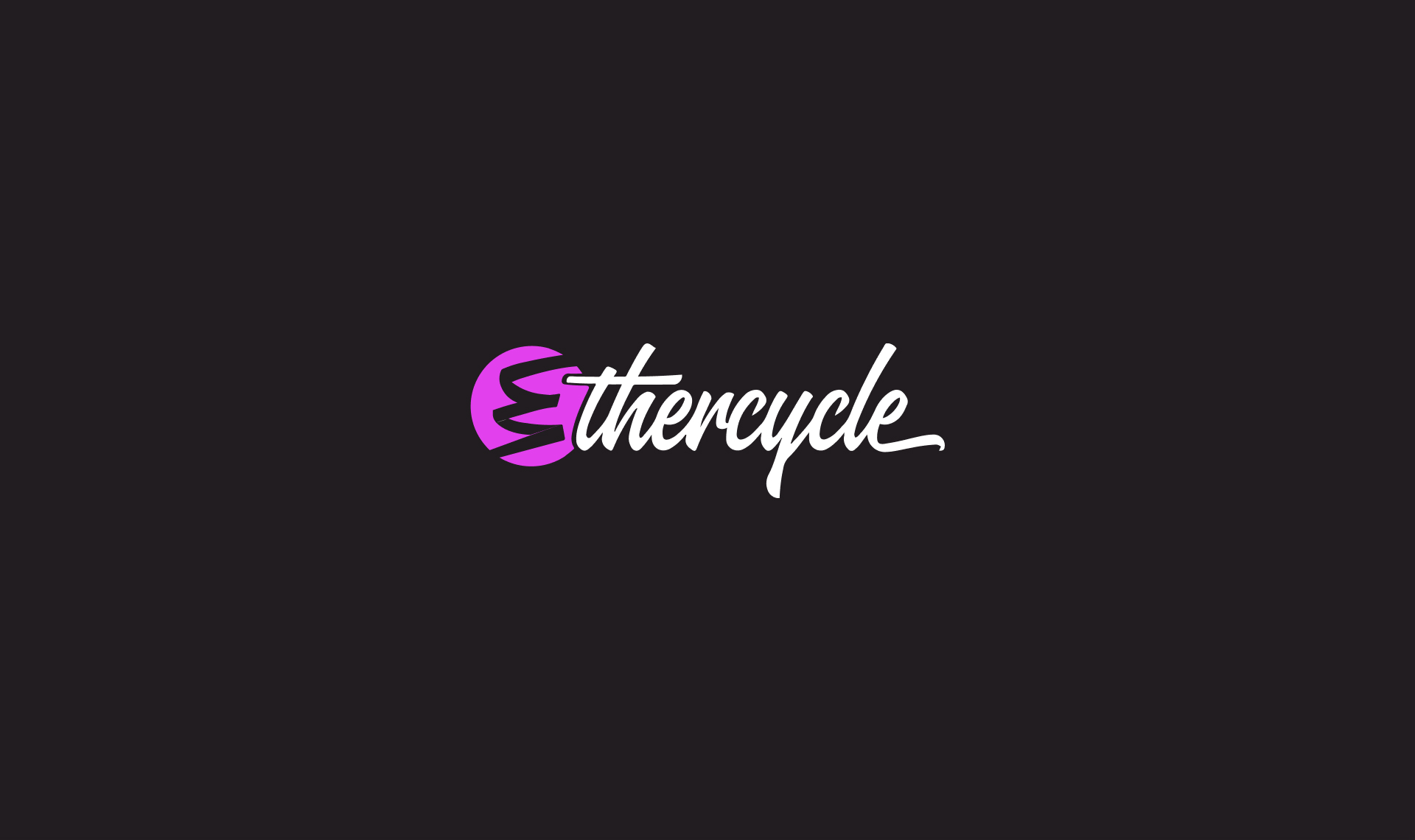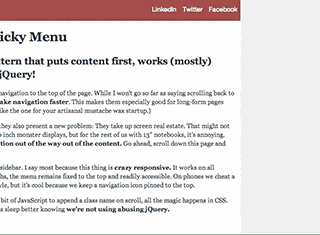The most common question people have when they first contact us is "How much does a website cost?" That's a straight-forward question with a complex answer. Let's break it down.
The first thing to realize is that you're not buying a single product, you're buying a package of services. For an average corporate website built from scratch, you'll end up engaging (even if indirectly) the services of a designer, front-end developer, back-end developer, IT manager, project manager, and maybe a quality assurance person. That's assuming you already have your own content. You don't? Well then you'll also want to consider a copy writer, illustrator, photographer, social media strategist, and possibly branding and marketing specialists. It becomes clear why prices can range wildly from project to project.

Like a car, project prices are based primarily on options. I'll use my Mustang as an example. It's a common car, I see them all the time on the road, and anyone can go to a Ford dealer and buy one. Makes sense, they start at $22,510 for the base model. So does a Mustang cost $22k? Like a website, it depends. My Mustang was actually 68% more than that at $37,930 because I have many options not present on the base model... but I don't even have all the options! A full optioned-out Mustang Shelby GT500 Convertible is $70K. So what does a Mustang cost? It depends, but somewhere between $22K and $70K.
Like the car, the determining factor on a website's price is its options. We break websites (from a development perspective anyway) in to three broad categories:
- Brochure/Informational - This type of website usually displays the same information to all visitors. Similar to handing out a printed brochure to customers or clients, this is the most common type of website. A single page site with 200 words of content and contact form will be $3K, but a custom WordPress theme with custom functionality to sort through hundreds of pages of content would start at $40K.
- Ecommerce - A website focused on selling products online through a virtual storefront or online catalog. A turnkey Shopify store with very little custom work will cost $5K, while a fully custom Shopify theme will be in the $12K to $20K range.
- Web App - The most complex of the three, web apps range from one page utilities to entirely new service businesses. Think “Web 2.0” sites such as Twitter, Netflix, or Google Docs. These can't be estimated. A one page javascript app like isthisretina.com or rainycafe.com would be $5K while a larger app like a YouTube clone would be hundreds of thousands.
These prices are just a general estimate based on our own years of experience building websites. An accurate price estimate is the result of several interactions, meetings, interviews, and general gathering of requirements to determine an ideal solution. These prices are just a ballpark.
You may think our estimates are too expensive. That's fine. You can always find someone inexperienced or willing to cut corners to work for less, but it isn’t in your best interest. The truth is that websites are hard work. No one competent is going to agree to build your “MySpace for Poodles” project for $500.
Great websites don’t happen overnight. They're the result of considering different concepts, working through them, and then revising them. It’s important to tease out all the important details about your project so the design and development team can build to your project's exact needs and specifications.
If you're still wondering how much a website costs, we've built a calculator that'll help you get a ballpark for your specific project based on various options: howmuchdoesitcosttobuildawebsite.com



